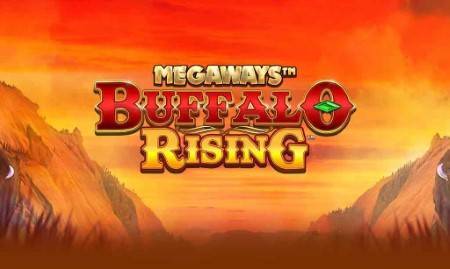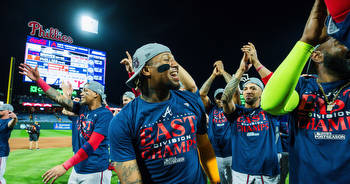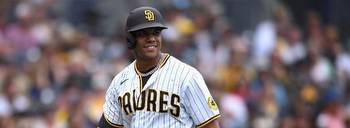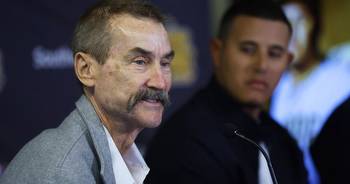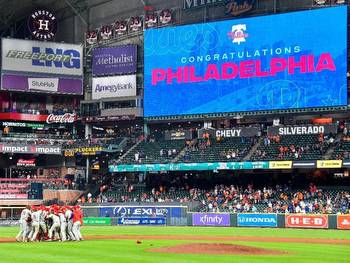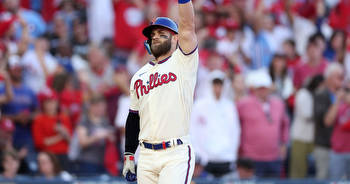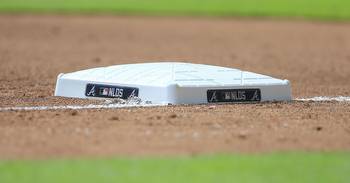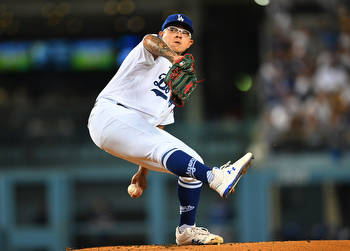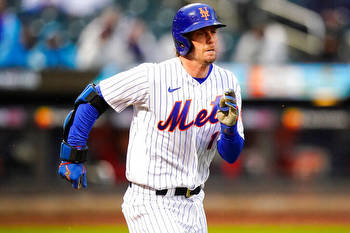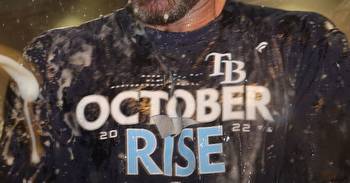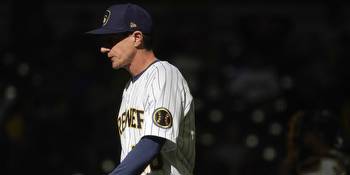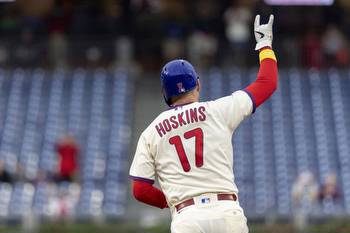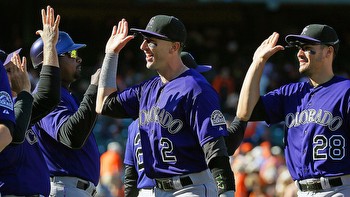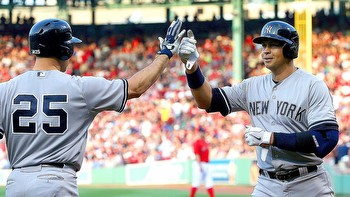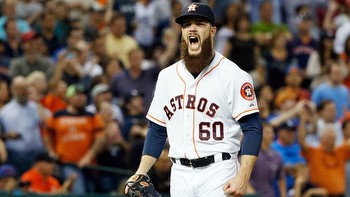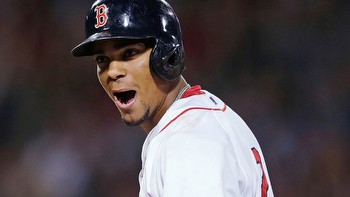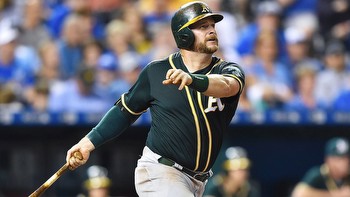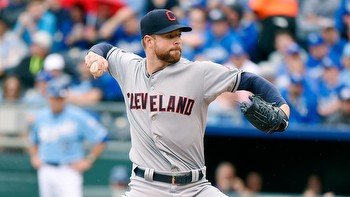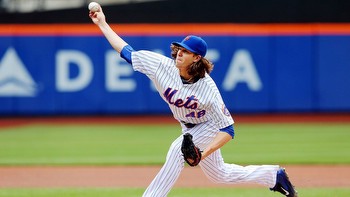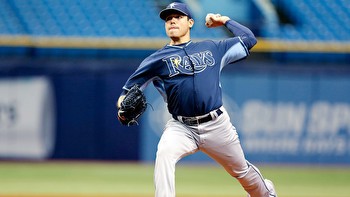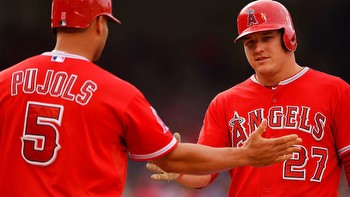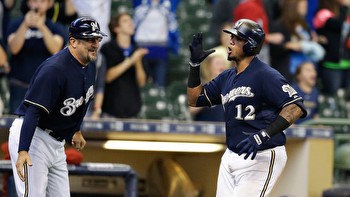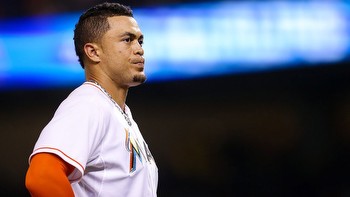San Diego Padres midseason betting report
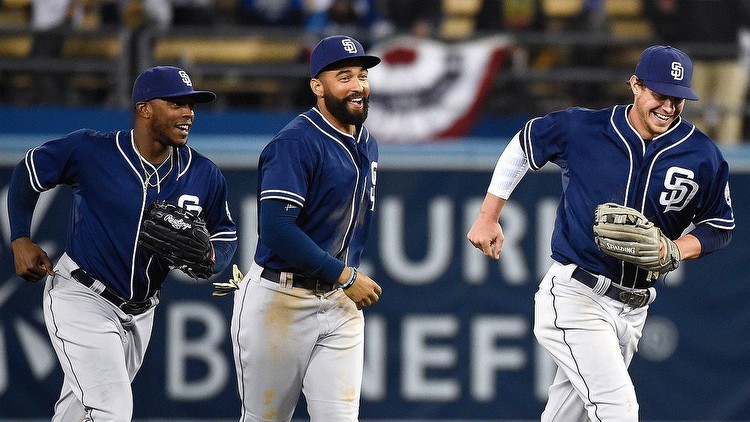
We're halfway through the 2015 Major League Baseball season, which means wins have been banked, the St. Louis Cardinals are dusting off the playoff-ticket printing press and the Philadelphia Phillies have confirmed tee times for the first week in October.
But most importantly for our purposes, spring training projections can be evaluated because history tells us at least 70 percent of October's participants have been identified. MLB's 10-team postseason is only four years old, but from 2012 to 2014, a minimum of seven of the 10 teams slotted for the playoffs at the All-Star break each year have made it to the postseason. Overall, 22 of the 30 teams that made the playoffs would have also made the playoffs if the season ended at that year's All-Star break.
Of course, attempting to identify the other teams is the fun part of handicapping. So let's dig into the first half of the 2015 season, compare results with expectations and possibly find some over- and undervalued teams for the next three months.
All statistics are through each team's 81st game.
Season-to-date pricing adds the implied win probability from the money line of each team's first 81 games and converts it to 162 games. For instance, a team that was minus-150 (60 percent win probability) in each of its first 81 games would be valued as a 97.2 (60 percent x 162) win team.
Vegas projection: 84 wins
My projection: 81 wins
Current record/pace: 41-49 (74-win pace)
Season-to-date pricing: 80.9 wins
What has gone right: I guess we can still say the Padres won the James Shields trade. This may be the most challenging section to write in any of the 30 team capsules because it may not have shown up in the win total, but other than the Phillies, the Padres were the worst team in baseball over the first 81 games played.
From an expectations standpoint, the defensive results weren't that bad. There was a lot of talk that an outfield filled with defensive liabilities and an infield with a poor defensive reputation would result in a lot of extra runs on the board. Make no mistake about it, the defense is below average, but it's certainly manageable and it's nothing like the fiascos in Washington, Philadelphia and the south side of Chicago.
Of all the new players to don a Padres uniform this year, Justin Upton has been the best. But the Padres brought in three corner outfielders in Upton, Wil Myers and Matt Kemp and not one of them is even coming close to outhitting the catcher they let go, Yasmani Grandal (.282/.401/.526).
What has gone wrong: It really all comes down to the offense. The pitching staff has produced about as expected given that they lack a true ace and suffer somewhat from the defense supporting them. Maybe the biggest surprise on the mound has been the fact that Craig Kimbrel has merely been adequate, posting a 3.24 ERA at the All-Star break, not only a career high, but more than double any ERA he's posted the last three years.
No, the real problem is the lineup. The Padres are last in the majors in OBP, which is positively not what they expected when they revamped their clubhouse (the Padres were last in OBP in 2014 as well). At this point, when you see Grandal on the Dodgers and Cameron Maybin on the Braves posting career-high OBPs the moment they get out of San Diego, it's fair to ask whether it's something that has its roots in the organization. Whether it's the stadium (the Padres do have a higher OBP on the road over the last few years) or scouting -- or the organization's approach to plate discipline which is something for the front office to study -- they need to better match the skill sets of their players to the environment they play in. The Giants play in a stadium beset by the same coastal breezes as the Padres but they manage to successfully construct their rosters around that constraint.
Second-half outlook: The Padres can't be as bad as they played in the first half, but they may play better over the second half of the season and still win fewer games due to their fortunate outcomes over the first 81 games. With fired manager Bud Black having already been a scapegoat for the players he didn't have a hand in acquiring, I am sure there's not a good vibe in the clubhouse right now. If oddsmakers are going to continue to rate the Padres a roughly .500 team, there's going to be money to be made over the next three months taking the other side of the bet.
